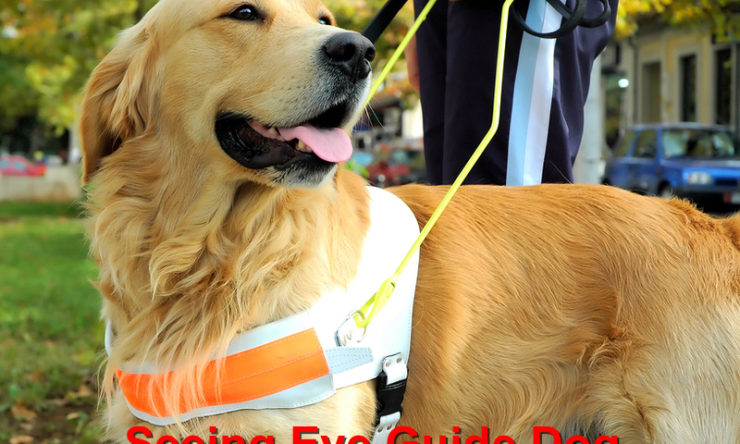For as long as we can remember, dogs have always been man’s best friend.
On January 29th, 1929, the first ever Seeing Eye Guide Dog school was established. This school’s primary purpose was to train dogs to assist people with all sorts of medical, physical or emotional conditions. In most cases, guide dogs were used to guide blind people. Instead of using the walking cane, most blind people opted to get themselves the guide dogs because of the extensive benefits they possess. This year marks the 88th Seeing Eye Guide Dog Birthday on January 29th, and that’s why we must learn a thing or two about Guide Dogs;
What are the benefits of having a guide dog over a walking stick?
Well, there are quite a number of merits like;
1. They simplify movements.
Having a guide dog means that a blind person will always have a companion when on the move. In as much as the interaction with the dog might be limited due to the individual’s disability, they will get the chance to move around easily, without having to worry about things like incoming traffic. That’s a quality that the traditional walking cane cannot offer.
2. They are adaptive.
Since these dogs are well trained, it’s easier for them to adapt to their owner’s daily routines, likes, dislikes, walking routes, among other essential aspects of the person’s life. That means that, after a while, the person’s interactions with the dog will be smoother and easier with minimal effort.
3. They are more in-tune with your surroundings.
This is most probably the best part about having a guide dog. Contrary to using a walking stick, guide dogs usually have a sense of the surrounding and can be able to tell the owner when they need to get going. For instance, if they are in the park and it suddenly gets gloomy as a sign of incoming rain, the dog’s reaction to the weather change will be enough to give the owner clues of the incoming rain. In such a case, a person would get rained on if they were using a walking cane instead of a guide dog.
In a nutshell, getting a Seeing Eye Guide Dog could be very advantageous. And contrary to popular beliefs, guide dogs are not just for the blind only. There are many other instances where a person may need a guide dog. Those are just a few things you need to know about these amazing dogs as we celebrate the 88th Seeing Eye Guide Dog Birthday this year.
SOURCES Seeing Eye, Modern Dog Magazine






